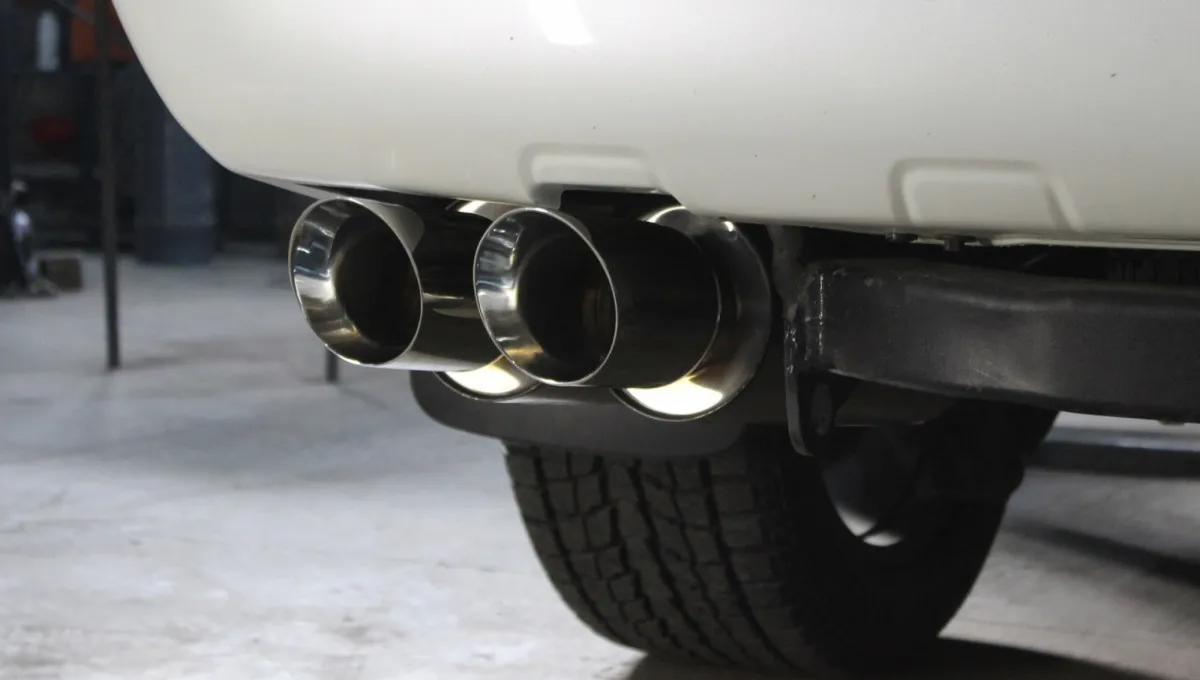Why Driving Becomes Harder for Older Americans — and What the Law Says
Age behind the wheel: when health matters more than the number on your license — should restrictions be expected?

As people get older, driving can become increasingly challenging. However, in the U.S., there is no official age at which a person is legally prohibited from driving. Decisions are made individually, based on health and the ability to drive safely. Certain medical conditions, though, can lead to losing a driver’s license.
For many Americans, a car remains a symbol of independence, and giving up driving is often emotionally difficult. Still, as we age, reaction times slow, vision declines, and coordination worsens, making driving more demanding. Some older drivers voluntarily limit their trips, but not everyone has alternatives—especially in small towns and rural areas.
The U.S. has no federal law setting a maximum driving age. State rules vary: some require more frequent license renewals after age 70, others mandate vision or medical tests. But no state revokes a license solely because of age.
The reason is simple: age alone does not determine whether someone can drive safely. Overall health is far more important. In some states, medical professionals are required to report patients with conditions that make driving unsafe to the Department of Motor Vehicles. After evaluation, a driver may be required to undergo re-testing or could have their license suspended.
Conditions that can make driving unsafe include severe mental or neurological disorders, dementia, epilepsy, serious vision impairments, and alcohol or drug dependence. These rules apply regardless of age—they can affect both younger and older drivers.
Traffic safety authorities, including the National Highway Traffic Safety Administration (NHTSA), emphasize that older adults should have regular medical check-ups and adjust their driving habits as needed. For example, avoiding night driving, heavy traffic, and long trips can help maintain safety.
In short, like most countries, the U.S. has no fixed upper age limit for drivers. However, the likelihood of restrictions based on medical conditions increases with age. For drivers over 65, it is especially important to monitor health and respond to changes promptly—safe driving starts not with age, but with well-being.
Examples of state rules:
-
Texas: Drivers aged 79 and older must appear in person at the driver license office to renew their license.
-
Nebraska: Drivers aged 72 and older must pass a vision test when renewing.
-
Georgia: The state requires drivers 64 and older to undergo a vision test at every renewal.
-
California: Drivers 70 and older can renew online, but authorities stress that age alone does not automatically impose restrictions.
You may also be interested in the news:

The Three Calmest Drivers by Zodiac Sign: Astrologers Spot a Clear Pattern
Astrologers studied how the stars influence driving habits and identified three signs with the most balanced behavior on the road.

Legendary Mazda Sports Coupe Hits Roadblocks During Next-Gen Development
The rumored successor to Mazda’s iconic sports coupe has reportedly been in development for several years, but progress appears to be slower than expected.

U.S. Car Buyers Side With GM as Year-End Numbers Tell the Story
General Motors is on track to expand its share of the U.S. new-car market in 2025.

The Three Most Confident Drivers Behind the Wheel, According to Astrologers
Astrologers reveal which zodiac signs feel most confident behind the wheel, stay calm under pressure, and react quickly in dangerous situations.

Study Finds Tailpipe Emissions Are No Longer Cars’ Biggest Pollution Source
Stricter engineering standards have made engines much cleaner, but other factors still have a major environmental impact.